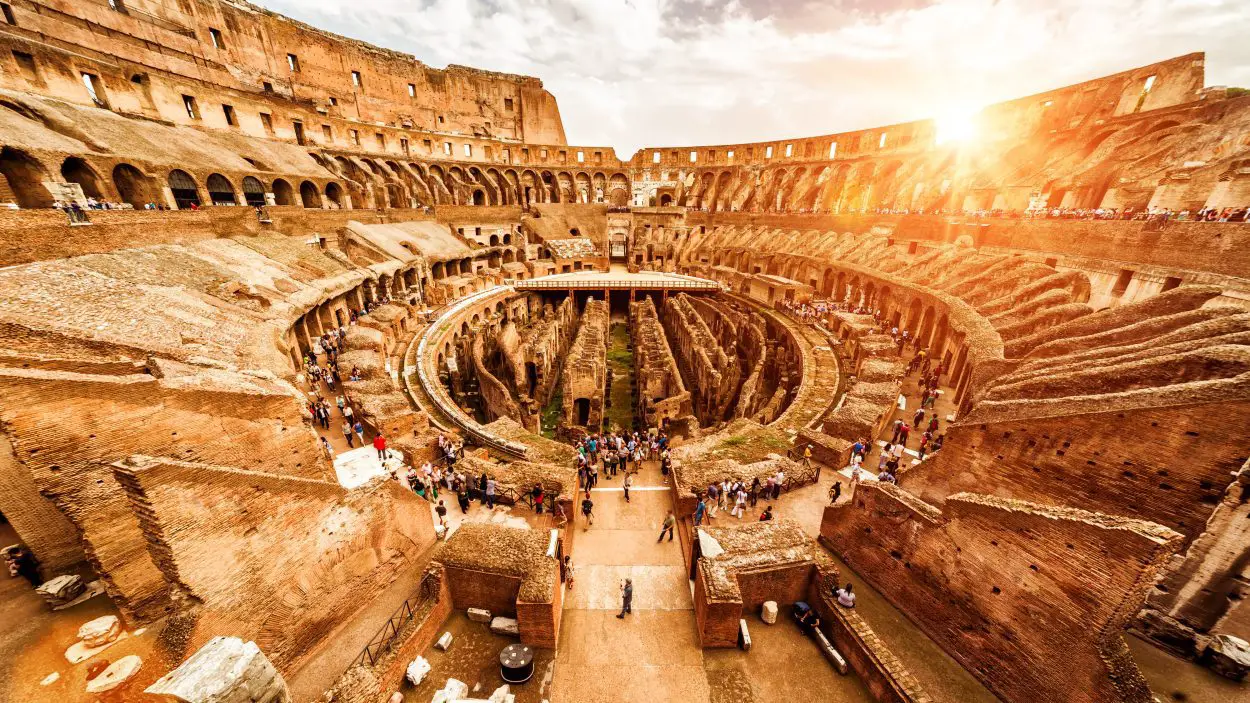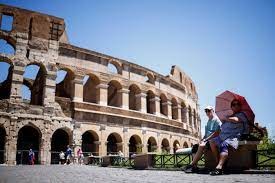Archaeologists have uncovered a selection of spectator snacks from the Roman period during excavations at the colosseum in rome, Italy.
The Colosseum is one of the most iconic buildings from the Roman Period, a giant oval amphitheatre that could hold an average audience of some 65,000 spectators.
Construction began during the reign of Emperor Vespasian (AD 69-79), and was completed by his son and successor, Titus, in AD 80. The building was mainly used for public spectacles, including animal hunts, executions, enactments of famous battles (sometimes mock sea battles), dramas based on Roman mythology, and of course, gladiatorial contests.

Following the collapse of the Roman Empire, the Colosseum was abandoned and quarried by stone robbers taking spolia. The building was re-purposed during the late 6th century AD when a small chapel was built into the structure of the amphitheatre and later converted into a cemetery.
In the following centuries, the monument was turned into a shopping and residential complex, converted into a fort to control the approaches to the Lateran Palace and the papal residence, and became a den for bandits following the decline in Rome’s population in the mid-14th century.
Since January 2021, a study has been conducted to clear around 70 metres of ancient drains and sewers beneath the giant structure.
The researchers (consisting of specialist architects and archaeologists), used wire-guided robots to explore the arena’s complex drainage system, revealing a variety of 1900-year-old ancient snacks consumed by spectators.

The team found food fragments of figs, grapes, cherries, blackberries and walnuts, as well as the bones of bears and big cats, probably the remains of animals used in hunts or forced to fight each other for entertainment.
Archaeologists also uncovered 50 bronze coins spanning roughly AD 250-450 during the late Roman period, in addition to a silver coin from AD 170-171 from the reign of Emperor Marcus Aurelius.
Src: heritagedaily.com








